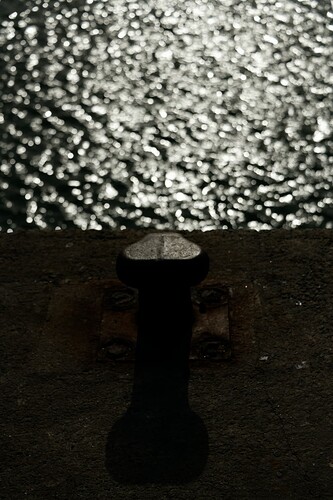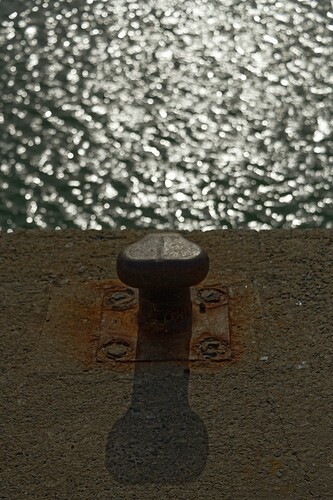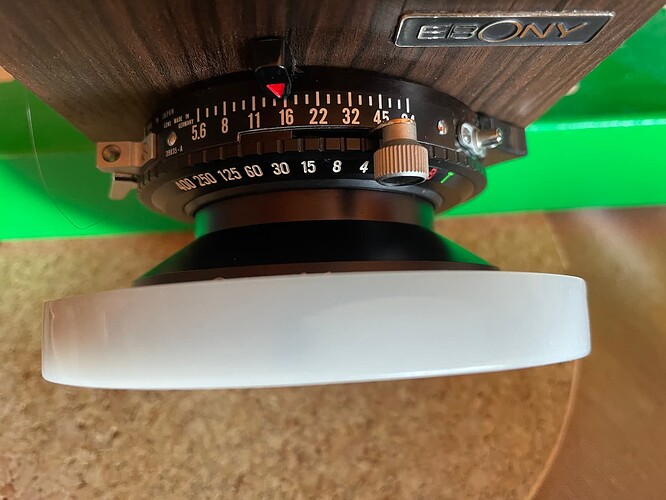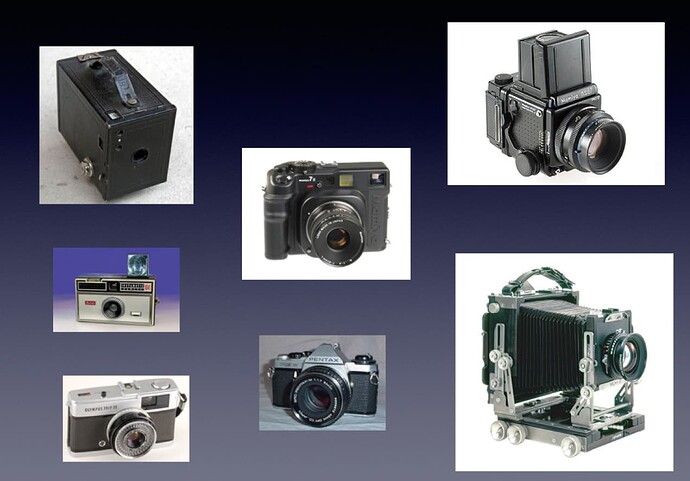Joanna, and Helen - the problem is in my head, not with the camera or lens. I have lived my whole life using the “click stops” on my lenses - f/1.4, f/2, f/2.8, f/4, f/5.6, f/8, f/11, f/16, f/22, f/32… …unless the lens had f/3.5… and likewise with shutter speeds, although different cameras confuse this with different choices. Yes, now that I tried it last night, the Nikon D750 easily goes right to f/10. Until now, I wasn’t even aware I was doing this - it just happened seemingly automatically. How do I change the aperture - I always did it on the lens. With the D750, with no manual control on my lens, I use the “sub-command dial”, and it obviously and clearly stops at f/10.
It’s not that I’m not “thinking”, as I must be thinking, but my mind is concentrating on something else, and certainly not on the aperture. I must have “seen” f/10, but didn’t notice or think about it until now. Again, “me bad”. 99% of my mind is thinking about the image, and the controls sort of get in the way.
Thanks to all of you I set the camera in order - set camera to M, set metering to spot, set ISO, set aperture to f/10 (now), set exposure comp to +1.7, focus, center exposure meter while aiming at the brightest part of the image, and carefully take image. (I have found if I don’t follow the full routine, I likely forget something.)
I thought all the other features of the D750 were de-activated, but I hadn’t noticed ADL yet; now it’s off.
Aha! I know what they are, as that’s how ships are tied up at the docks, unless people use “cleats”, but I don’t remember “bollard”. Maybe there’s some other word for it in the USA? Pylon comes to mind.
However, I probably knew and forgot this: Bollard is originally (AFAIK) a term of nautical jargon. Aboard a ship or on a dock, a bollard is the post about which one wraps a mooring line to secure the ship to the dock.
Yes, I loved the comments too!!!
It’s mysterious to me too, but since I’ve selected PhotoLab to be my image editor, there is no point in using anything on my camera that can create issues with PhotoLab that I’ll never figure out because of not even realizing ADL was turned on.
I’d like to say Nikon has far too many things that can be turned on, but for some people it’s probably good that Nikon makes them available. I’d prefer to have access to them, and not need them, than the reverse.
I’d also like to add that what I’ve done with my D750 feels like I’ve converted it into a simple “box camera”, although a ver fancy one. 






